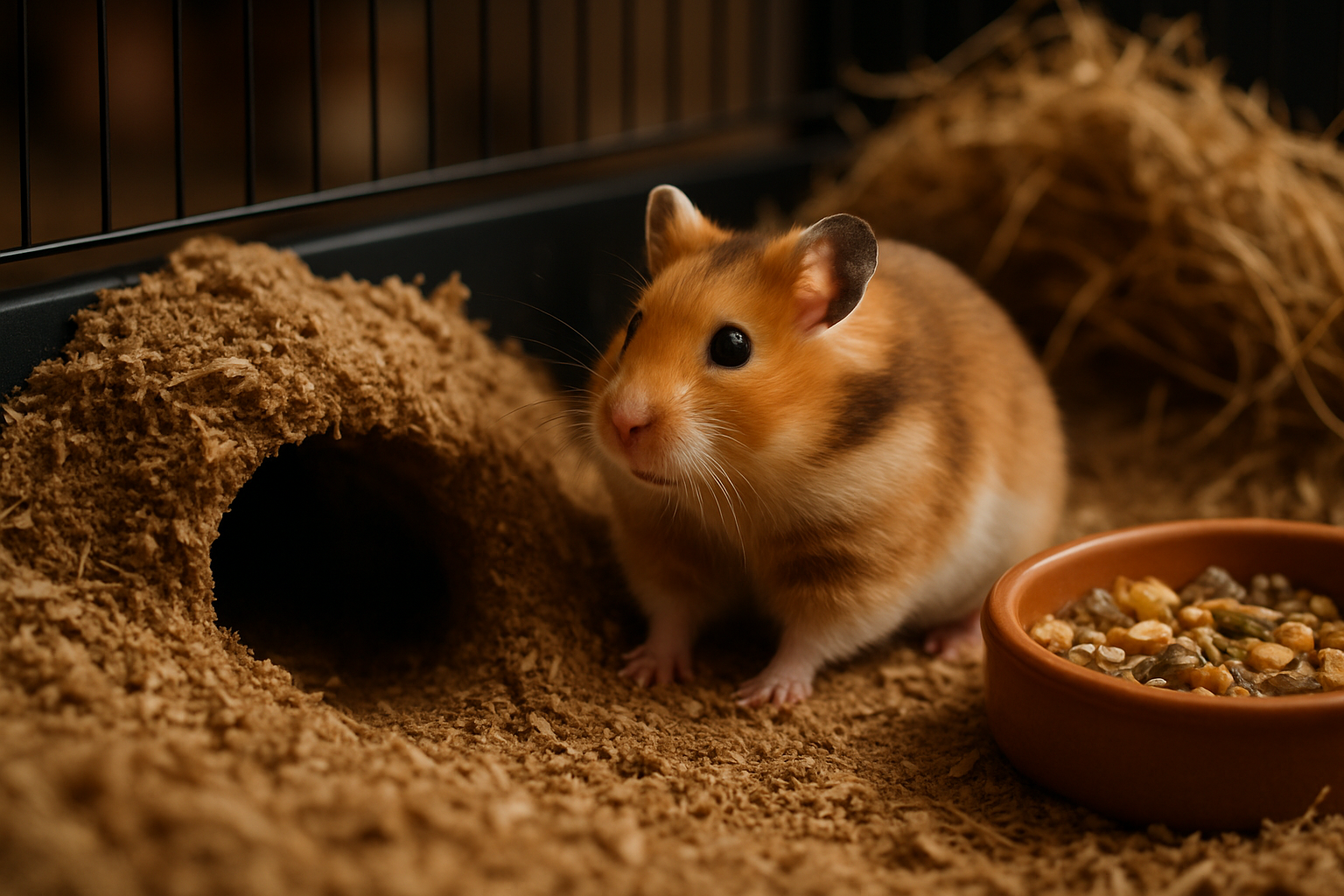Understanding the Intricacies of Hamster Behavior: A Comprehensive Guide
Introduction: Hamsters, often chosen as first-time pets, possess complex behaviors that captivate their owners. This article examines the intricacies of hamster behavior, shedding light on their nocturnal habits, social interactions, and uniquely endearing instincts.

The Fascinating History of Hamsters
Hamsters were first discovered in the Syrian desert during the 19th century, and their domestication can be traced back to 1930. Originally, these creatures led solitary lives, burrowing in the wild. Their instinctive hoarding habit, which led to the stuffing of food in their cheek pouches, was a survival technique against food scarcity. This historical context provides insight into their current behavior patterns, which are still influenced by their wild ancestry.
Hamster Behavior in Today’s Domestic Setting
In contemporary domestic settings, hamsters continue to display their innate habits. They remain primarily nocturnal, active during dusk and dawn, a pattern known as being crepuscular. This behavior, while sometimes inconvenient for daytime-loving humans, is a carryover from their ancestors’ need to avoid daytime predators. Hamsters also exhibit hoarding behavior, often collecting and hiding food in various parts of their cage.
Hoarding and Burrowing: Key Hamster Habits
Hoarding food is not the only instinctive behavior hamsters display. They are keen on burrowing, which is a manifestation of their natural habitat. Providing ample bedding in their cage allows them to burrow freely, which offers mental stimulation and a sense of security. Burrowing also helps them regulate their body temperature, given their sensitivity to extreme heat or cold.
The Impact of Hamster Behavior on the Pet Products Market
The pet product market has responded to these fascinating hamster behaviors by developing a range of hamster-specific products. Burrowing-friendly bedding, nocturnal-friendly cage accessories, and hoarding-approved food containers are some examples. These products generally range in price from $5 to $50, contributing to the lucrative pet product market, estimated to reach $202.6 billion by 2025.
Decoding Hamster Behavior for Better Pet Care
Understanding hamster behavior is vital for their well-being. For instance, hamsters are solitary animals and can become aggressive if housed together, contrary to popular belief. Recognizing signs of stress, such as excessive chewing or bar biting, can also help pet owners provide better care. By understanding their behaviors, pet owners can create suitable environments, enhancing their pets’ health and happiness.
In conclusion, hamsters, though small, have a rich behavioral world that is a blend of their historical context and current domestic settings. Understanding these behaviors can significantly enhance pet ownership experiences, contribute to the pet care market, and ultimately lead to happier, healthier hamsters.





